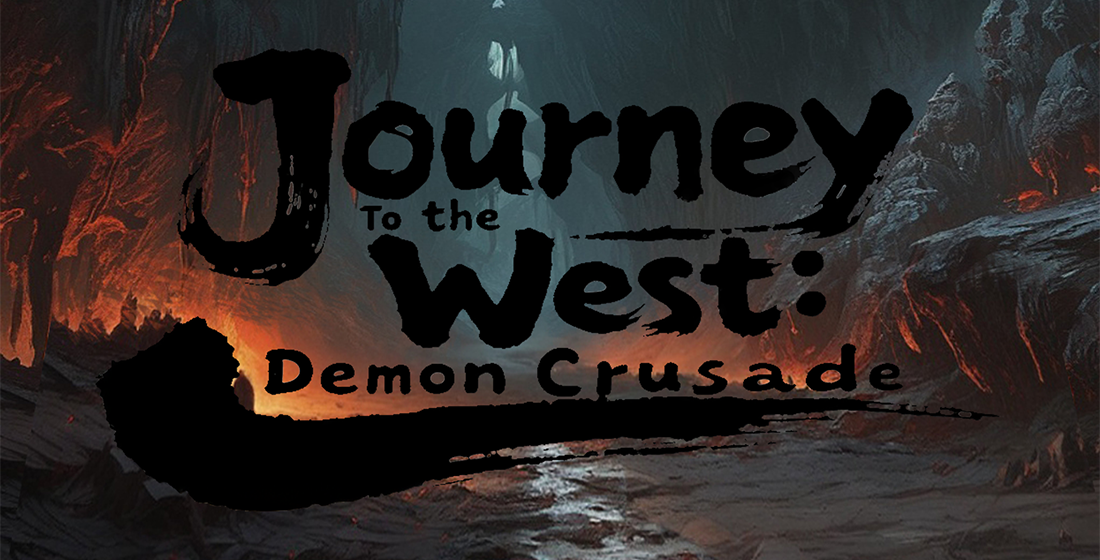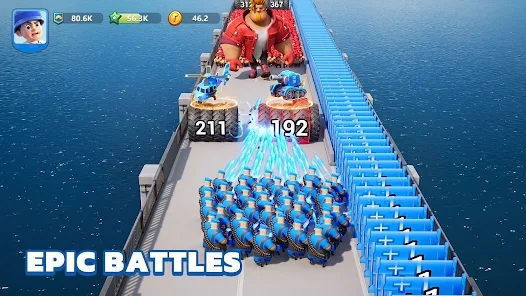Why Hyper-Casual Games Are Dominating the Casual Gaming Industry
The world of gaming is ever-evolving, and within this dynamic landscape, hyper-casual games have taken the lead in the casual gaming category. But what exactly are hyper-casual games, and why are they becoming so popular? In this article, we’ll delve deep into these games, exploring their features, the factors contributing to their rise, and what it means for the future of casual gaming.
Understanding Hyper-Casual Games
Hyper-casual games are typically characterized by their simple mechanics, minimalistic design, and short gameplay sessions. Unlike more complex games like Clash of Clans, hyper-casual games often focus on instant gratification, allowing players to engage and disengage with ease.
The Ingredients of Success
What makes hyper-casual games so appealing? Here are some key factors:
- Simplicity: Easy to learn, hard to master.
- Accessibility: Available on mobile platforms, reaching a broad audience.
- Addictiveness: Elements that keep players returning for more.
The Casual Gaming Market Landscape
Casual gaming encompasses a broad range of games that appeal to a wide demographic. This category has grown significantly over the past few years, allowing people of all ages to participate in the gaming culture.
Statistics and Trends
According to recent research:
| Year | Market Size (Billions) | Growth Rate (%) |
|---|---|---|
| 2020 | 15 | 8 |
| 2021 | 17 | 13 |
| 2022 | 20 | 17 |
The Role of Monetization
One of the crucial elements for hyper-casual games is their monetization strategy. These games often rely on:
- Advertisements
- In-game purchases
- Partnerships with brands
User Engagement and Retention
For developers, keeping players engaged is vital. Hyper-casual games achieve this through:
- Daily challenges: Encouraging players to log in regularly.
- Rewards systems: Encouraging users to play longer or share with friends.
Competitors in the Industry
While hyper-casual games dominate, several formidable competitors exist. Games that require more strategy or depth, like Clash of Clans, provide a contrasting gaming experience. Here's how they compare:
| Feature | Hyper-Casual Games | Strategic Games (e.g., Clash of Clans) |
|---|---|---|
| Gameplay Complexity | Simple | Complex |
| Average Session Time | Short | Long |
| User Engagement | High turnover | Long-term commitment |
The Future of Hyper-Casual Games
Looking forward, the potential for hyper-casual games seems bright. The industry is adapting to incorporate more engaging narratives without compromising their fundamental essence. Will we see the emergence of a hybrid genre that combines hyper-casual aesthetics with deeper storytelling? Only time will tell.
Challenges Ahead
While the future looks promising, hyper-casual games face several challenges, such as:
- Market saturation
- Striking the balance between simplicity and depth
- Keeping up with evolving player preferences
Conclusion
In conclusion, hyper-casual games have undeniably transformed the casual gaming industry. Their rise reflects changing consumer preferences, highlighting a desire for simplicity and accessibility. As developers innovate and adapt, the landscape will continue to shift, showcasing new avenues for both casual and hyper-casual experiences. The key takeaway? Embrace the evolving nature of gaming and recognize that hyper-casual games are here to stay.



